Finding inspiration for drawing sometimes feels impossible, especially when creative ideas seem out of reach. You can spark your creativity by observing the world around you, experimenting with new materials, or simply stepping outside your usual routine. Simple shifts in perspective and daily habits can unlock a steady flow of fresh drawing ideas.
You don’t have to wait for inspiration to strike—you can actively seek it. Exploring different art styles, learning from art history, or using prompts and challenges can help you discover what excites you most. Allowing yourself to experiment and staying open to new sources will help you build your own unique artistic voice.
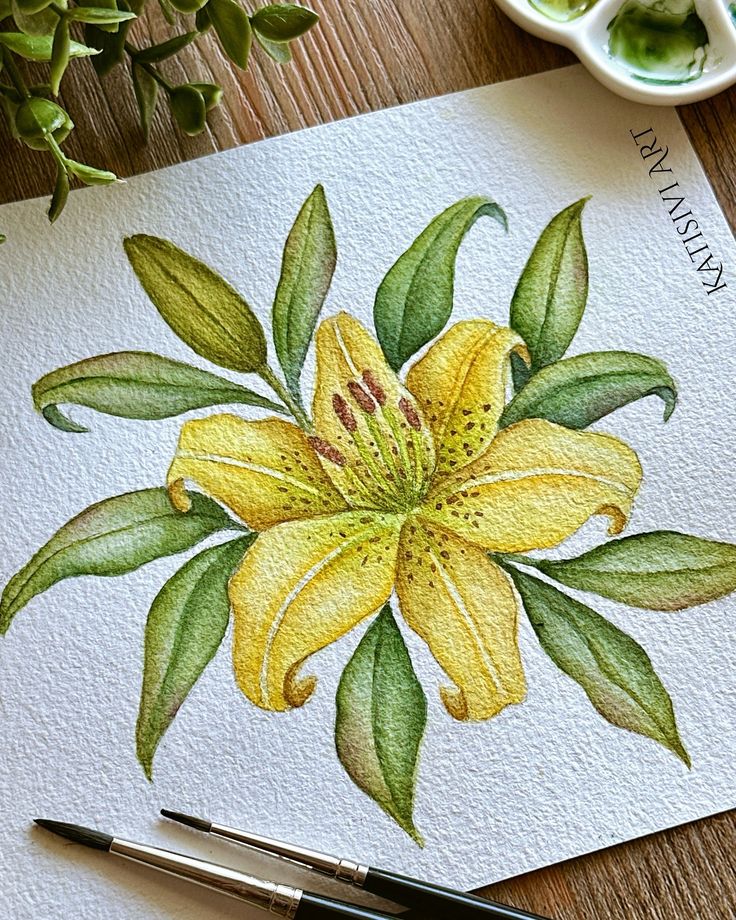
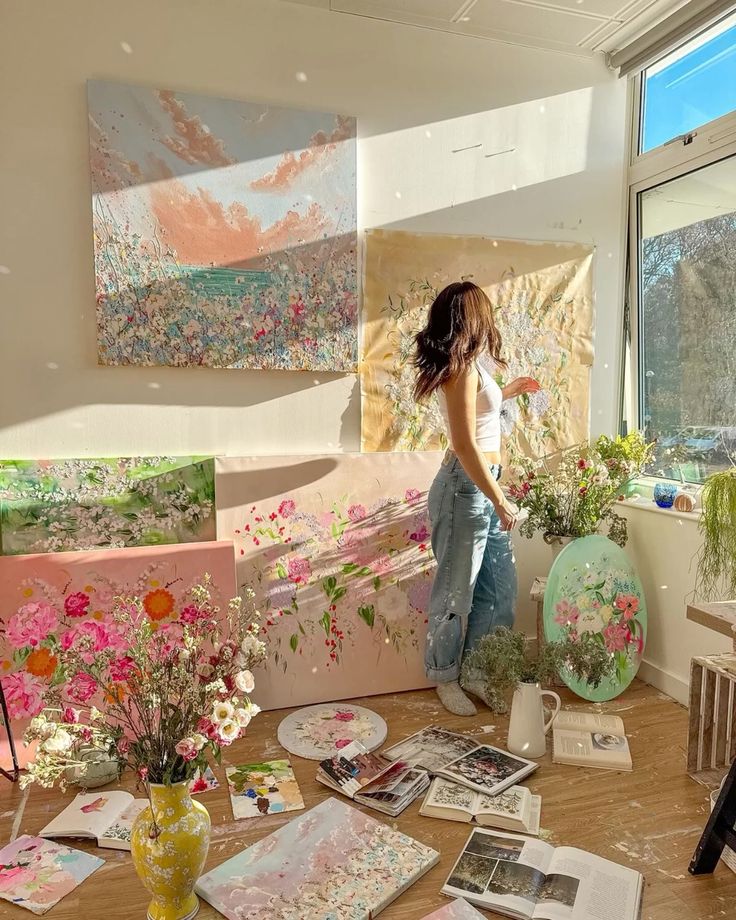

Key Takeaways
- Inspiration for drawing comes from both your daily life and exploring new ideas.
- Building creativity is about active practice and trying new techniques.
- Staying motivated involves finding what excites you and using helpful resources.
Understanding Inspiration and Creativity
Finding inspiration for your drawings requires understanding where creative ideas come from, how creativity works, and why you sometimes feel stuck. By looking at these core concepts, you can figure out how to spark your imagination and keep your artistic process moving forward.
What is Artistic Inspiration?
Artistic inspiration is the moment or process where a new idea, subject, or feeling sparks your motivation to create. This spark might come from daily life, nature, music, or even conversations with friends. At its core, inspiration connects your interests, experiences, and emotions into something visual.
You may notice inspiration strikes when you least expect it—perhaps during a walk or while looking at someone else’s artwork. Artistic inspiration isn’t just about new ideas; it also involves your willingness to explore and experiment. Often, taking time to observe your surroundings helps fuel your creative inspiration.
Keeping a sketchbook, jotting down ideas, or snapping photos can help capture fleeting thoughts. These small habits make it easier to find inspiration when you need it most.
How Creativity Fuels Drawing
Creativity is your ability to combine different ideas, styles, and techniques to produce original artwork. It’s not limited to drawing from imagination—sometimes combining reference images or styles leads to something unique. Creative flow happens when ideas come easily and you lose track of time while drawing.
You can encourage this flow by setting aside regular time to draw, experimenting with new materials, or changing your environment. A creative routine can help your mind get into a rhythm, making it easier to develop new concepts and styles.
List of ways creativity impacts drawing:
- Developing unique styles
- Blending influences from different artists
- Solving problems within your compositions
Embracing challenges and learning from mistakes often leads to creative breakthroughs.
Overcoming Artistic Block
Artistic block can feel frustrating, but it’s a common part of the creative process. Sometimes pressure to create perfect art or fear of making mistakes can halt your creative flow. Recognizing these patterns is the first step to moving past them.
You can tackle artistic block by trying exercises like drawing without judgment, copying a favorite artist’s style, or sketching something simple from real life. Stepping away from your art for a short break or viewing new subjects helps reset your mind.
Understanding that creative inspiration isn’t always constant will help you avoid discouragement. With patience and practical strategies, you can work through artistic block and find enjoyment in drawing again.
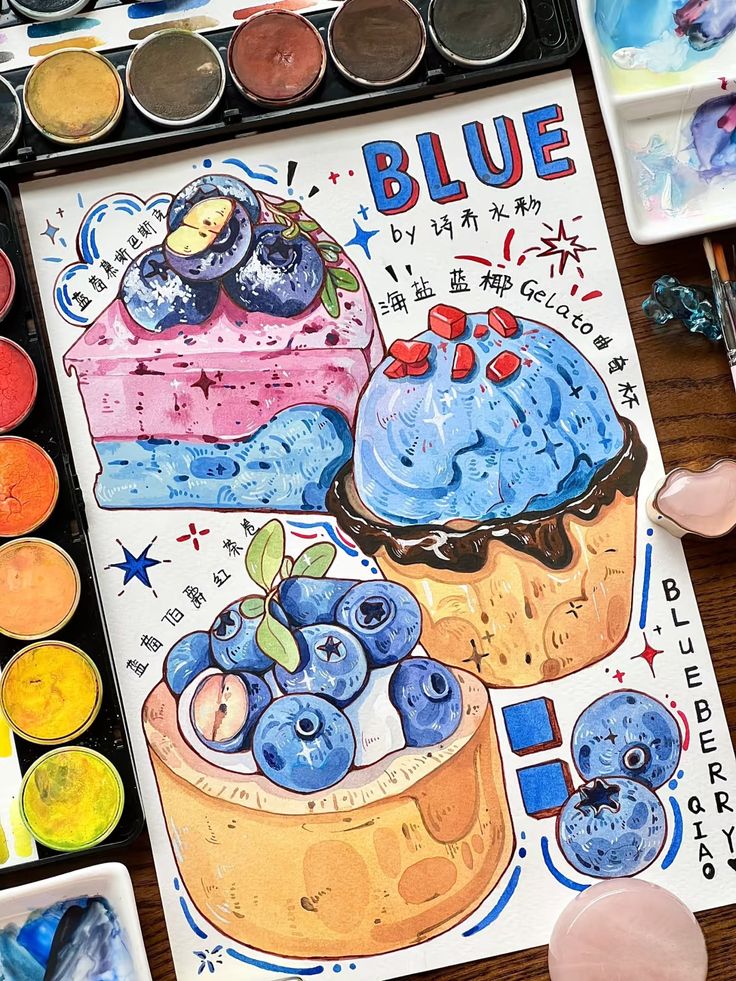
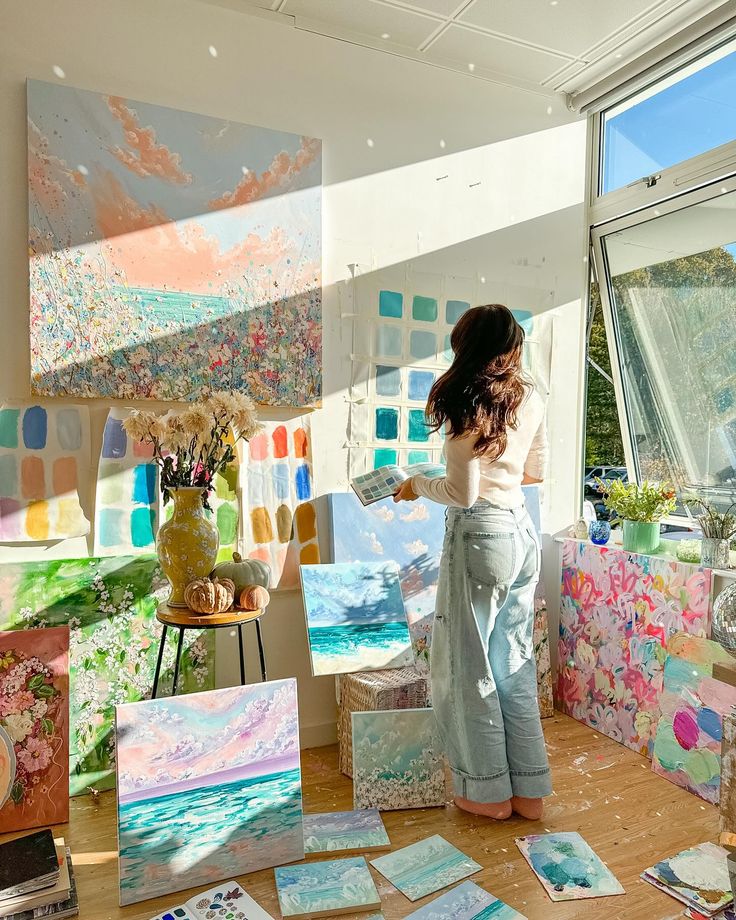
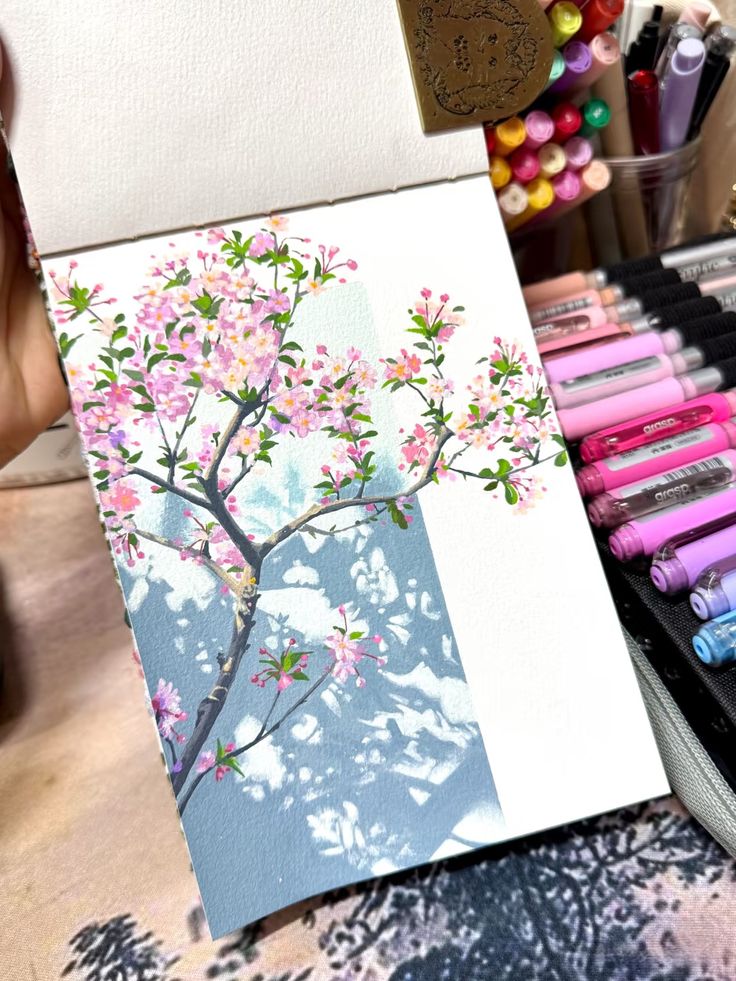
Practical Ways to Find Drawing Inspiration
You can use proven methods to jumpstart your creativity and overcome art block. Breaking routines, observing your surroundings, and trying new activities can help you find fresh ideas when you feel stuck.
Drawing Prompts and Challenges
Participating in drawing prompts and challenges is an effective way to kickstart your imagination. Prompts can be as simple as a single word (like “reflection” or “growth”) or more complex, such as a scene or emotion to illustrate.
Online communities often host daily, weekly, or monthly drawing challenges. These might include:
- Inktober: Drawing with ink every day in October
- Draw This In Your Style: Redraw another artist’s work in your own way
- Theme-based prompts: Such as “animals with hats” or “urban landscapes”
Completing these challenges not only gives you ideas but also adds structure to your practice. You can find prompts in books, apps, or social media groups.
If you’re not sure where to begin, try making a list of random words and combining them for new prompt ideas. Using prompts removes the pressure of inventing an idea from scratch, making it easier to start drawing.
Observing Everyday Life
Paying closer attention to your daily environment is a rich source of drawing inspiration. Activities like riding the bus, watching people at a café, or even cooking dinner can provide unexpected ideas.
Carry a small sketchbook or use your phone’s camera to capture interesting moments, objects, or expressions as you go about your day. Later, you can use these references to create more detailed drawings.
Notice the textures, lighting, and colors that surround you. Small observations—like the way sunlight hits a window or the patterns on your shoes—can spark creativity.
You might also find inspiration in your routines by imagining what ordinary scenes would look like if you changed one element, such as turning a street corner into a fantasy setting.
Staying observant can help build the habit of seeing the world with an artist’s eye, giving you more material for your artwork.
Taking a Walk and Changing Your Scenery
A simple walk can do wonders for your creative mind. Stepping away from your usual workspace allows you to see fresh perspectives and break out of mental ruts.
Walking outside exposes you to new sights, sounds, and even smells. This sensory input can generate ideas you wouldn’t encounter indoors. Parks, city streets, or even your neighborhood can all provide new visuals.
Try to actively notice details around you, such as unique buildings, nature patterns, or how people interact. Sketch quick studies on the spot or take photos to use as references later.
Changing your scenery doesn’t have to mean travel. Moving furniture, working in a different room, or visiting a local café can refresh your view.
If you feel stuck, take a walk with the intention of finding something—shapes, shadows, or colors—to inspire your next drawing.
Visiting Museums and Art Galleries
Looking at other artists’ works is a traditional yet effective method of finding inspiration. Museums and art galleries house collections spanning different styles, eras, and cultures.
Spend time analyzing what attracts you in other people’s creations. Is it the use of color, the composition, or the subject matter? Make notes or quick sketches of artworks or details you want to remember.
Many galleries offer rotating exhibitions, which means there’s always potential for discovering something new. You don’t need to copy what you see—instead, look for elements or techniques that spark new ideas for your own drawings.
Some galleries provide interactive exhibits or workshops. Participating in these can push you outside your comfort zone and introduce you to art challenges or prompts you wouldn’t have found on your own.
If in-person visits aren’t possible, explore virtual tours or digital collections online. Document your favorite finds in a sketchbook, and let them inform your next piece.
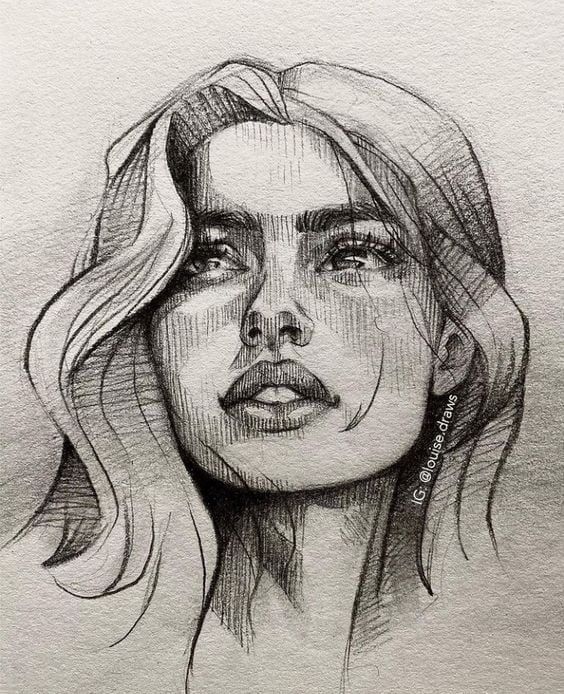
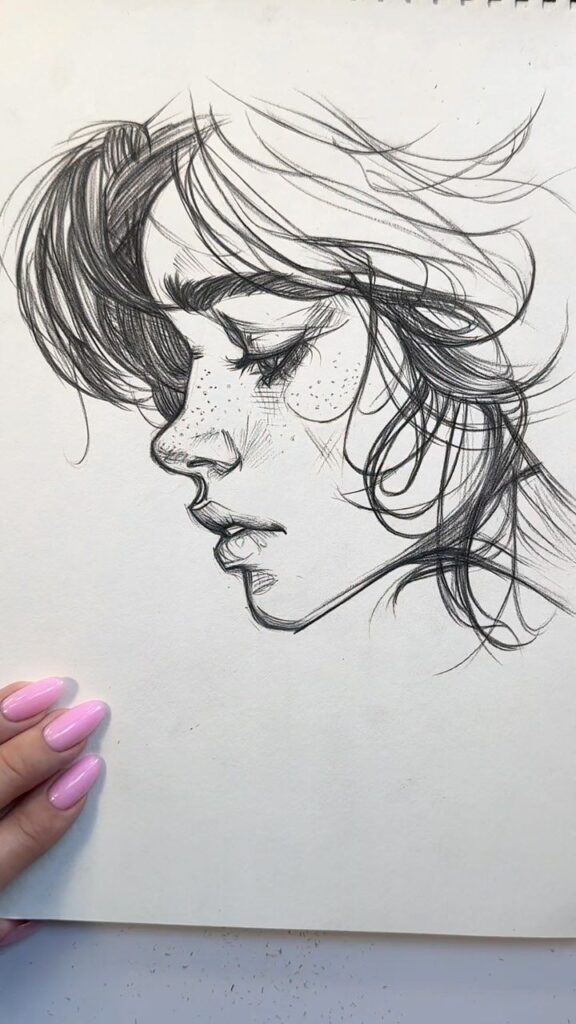

Developing Your Unique Artistic Voice
Building your unique style in drawing takes both experimentation and reflection. By trying new techniques, exploring unfamiliar styles, and intentionally making unique pieces, you can develop an artistic voice that stands out.
Experimenting With Different Drawing Techniques
Expanding your toolkit with various drawing techniques is a direct way to boost your artistic skills. You might try sketching with charcoal, inking with pens, blending colored pencils, or painting with watercolors. Each medium offers unique textures and effects.
Test out cross-hatching, stippling, and blind contour drawing to see how different approaches change your results. Keep a practice sketchbook just for technique experiments. This low-pressure approach helps you grow without feeling boxed in by expectations.
When you notice which techniques feel most natural or enjoyable, use them more often. Combine comfortable methods with new ones to develop a style unique to you. Over time, you’ll start merging favorite techniques in ways no one else does.
Exploring New Styles
Learning from various art styles broadens your creative perspective. Study artists across genres, such as realism, abstraction, anime, or minimalism. Analyze what you like about each—maybe it’s the bold lines, the color choices, or the way emotion is conveyed.
Make small study pieces or quick sketches in styles outside your comfort zone. Use online references, art books, or even digital platforms like Pinterest and Instagram for inspiration. Track which styles resonate with you, but don’t just copy—look for elements to adapt as your own.
Exploration isn’t a one-time process. Schedule time regularly to try fresh styles, and take notes about what you learn. Mixing influences from different styles is a powerful way to shape your own unique approach.
Creating Unique Drawings
The process of making truly unique drawings starts with reflection. Think about your interests, hobbies, and favorite subjects. Use these as the foundation for your artwork.
List themes, concepts, or personal stories that matter to you, then incorporate them into your work. Try combining unexpected elements or drawing from real-life experiences to make pieces with distinct meaning.
Document your creative process with photos or written notes. This helps you track progress and notice patterns in your art. Over time, you’ll recognize the features and subjects that make your work unmistakably yours. Consistency in drawing combined with self-reflection is key to discovering and refining your artistic voice.
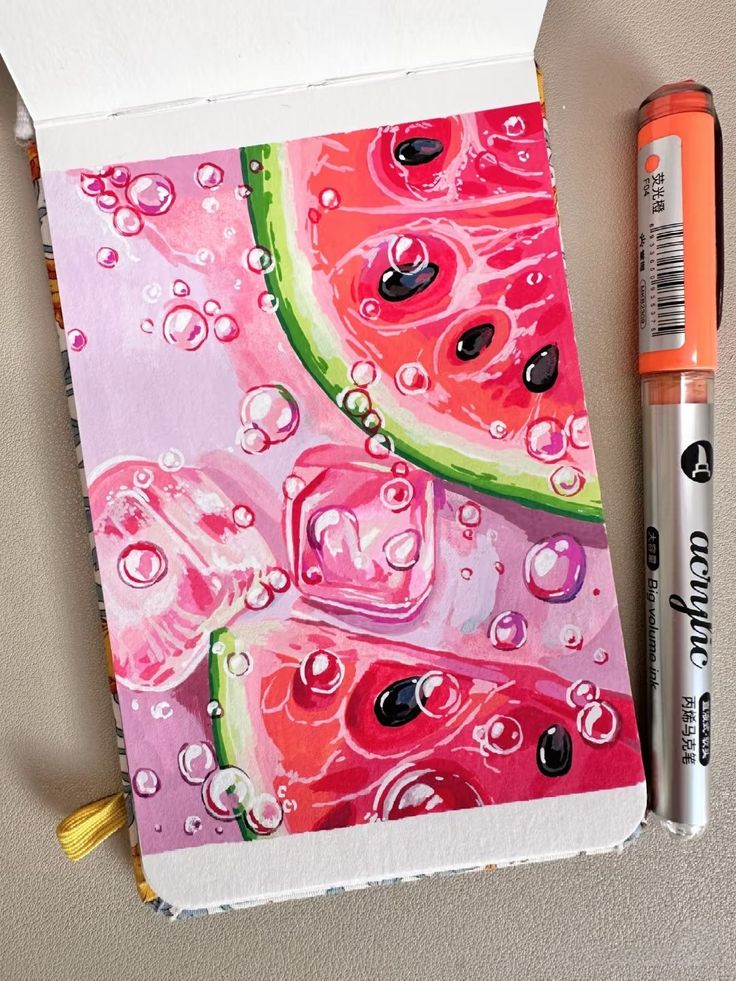
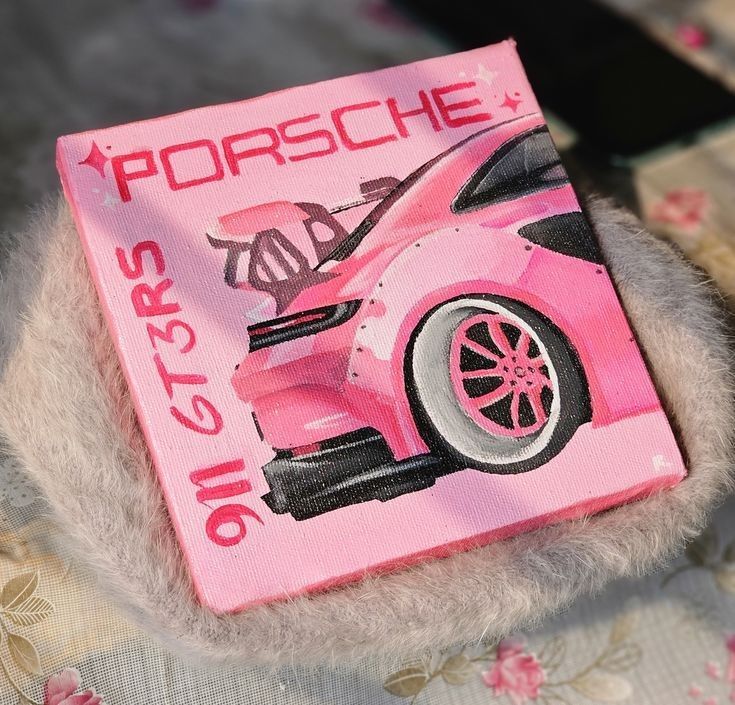
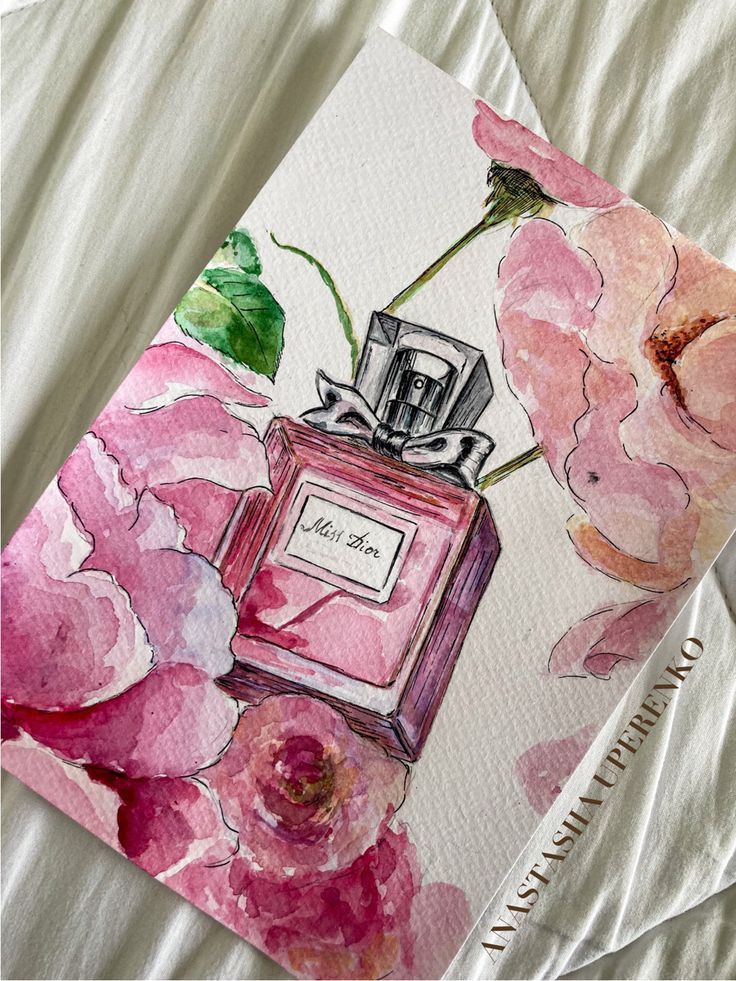
Resources and Tools for Creative Drawing Ideas
You can find creative drawing ideas by using a variety of tools and resources that encourage curiosity and skill growth. Focusing on specific practices and materials helps you discover new subjects and techniques to keep your art engaging.
Using a Sketchbook for Inspiration
A sketchbook is one of the most valuable tools for developing creative ideas. You can use it for daily doodling, quick sketches, visual journaling, and experimenting with new drawing tools. These activities help capture spontaneous ideas before they fade.
You might find it helpful to keep your sketchbook with you throughout the day. This way, you can jot down interesting shapes, scenes, or thoughts as they come. Lists, thumbnail sketches, or even written prompts can fill blank pages with possibilities.
Try mixing materials, such as graphite, colored pencils, or ink pens, to see what sparks your imagination. Combine different styles and record observations from your surroundings. Your sketchbook becomes a safe place to take creative risks without any pressure for perfection.
Online Tutorials and Art Books
Online tutorials open up access to step-by-step guides, real-time demonstrations, and exercises for all skill levels. Popular platforms include YouTube, Skillshare, and various artist websites. You can pause, rewind, or replay content, learning at your own pace.
Art books provide a different type of inspiration. Many include artist interviews, curated collections, and detailed technique breakdowns. Use library resources or explore bookstores for titles dedicated to drawing fundamentals, anatomy, or specific art styles.
A balanced routine might include following a digital tutorial once a week and exploring a new art book or chapter each month. Take notes or copy exercises directly into your sketchbook. Referencing both classic and contemporary artists broadens your understanding of what’s possible.
Joining Art Classes and Workshops
Art classes and workshops connect you with instructors and fellow artists. These settings often introduce you to new materials and structured projects. You can ask questions, receive feedback, and observe different approaches firsthand.
Workshops might focus on areas like portrait drawing, figure sketching, or experimenting with unfamiliar drawing tools. Local art centers, community colleges, or online platforms such as Coursera and Udemy offer a range of topics.
Participating in group activities challenges you to step out of your comfort zone. Sharing progress and seeing others’ work can spark fresh ideas. You may also gain motivation simply from the structure of regular assignments and group critique sessions.
Sustaining Motivation and Creative Flow
Maintaining motivation to draw can be challenging, especially when inspiration fades or routines feel repetitive. Focusing on practical strategies and exploring new creative horizons helps you keep your artistic drive consistent.
Setting Up Drawing Challenges
You can spark motivation by introducing personal or shared drawing challenges into your routine. Setting simple goals like a “drawing a day” streak, themed weekly prompts, or focusing on a specific technique for a set period gives your practice direction.
Try to keep your challenges flexible to avoid pressure. It’s helpful to create a checklist or table to track your progress:
| Day | Prompt/Theme | Completed? |
|---|---|---|
| Day 1 | Everyday Object | Yes/No |
| Day 2 | Nature Element | Yes/No |
Engage with online art communities for group challenges. Seeing what others create keeps you inspired and adds a sense of accountability without making things competitive. Adjust the intensity and frequency based on your interests and schedule.
Embracing the Ordinary and Mundane
Drawing does not require grand subjects or rare experiences. Sometimes, the most inspiration comes from observing and sketching ordinary, mundane objects around you—a cup, your keys, a street corner, or household plants.
Paying close attention to light, textures, and forms in your daily environment encourages you to see familiar things differently. Keep a list of everyday items to draw, updating it regularly as you spot new possibilities.
This practice not only builds your skills but it helps you overcome creative blocks. Shifting your focus to what’s within reach breaks down mental barriers and keeps you drawing consistently, regardless of your surroundings.
Creating Mood Boards Through Self-Reflection
Mood boards are an effective way to clarify your artistic interests and refresh motivation. Start by collecting images, color palettes, words, or sketches that resonate with you or reflect a particular mood you want to explore.
Use digital platforms like Pinterest or create a physical board with magazine clippings and photographs. As you build your board, practice self-reflection by noting why certain elements attract you—this helps identify themes or emotions driving your creativity.
Review and update your mood board regularly. Let it guide your drawing sessions when motivation is low or when you want to experiment with new ideas. This personal resource keeps your inspiration grounded in your own interests and evolving style.
Draw Inspiration From Art History and Beyond
Exploring the achievements of historic artists and movements gives you new ideas for your art. Applying these lessons to your own style lets you grow in unique ways.
Learning From Historic Artists and Movements
Studying artists like Leonardo da Vinci, Frida Kahlo, or Yayoi Kusama helps you see how techniques and ideas evolved across time. Art history is filled with creative solutions to visual challenges, from Renaissance realism to abstract expressionism.
Examining different movements—such as Impressionism, Cubism, or Surrealism—shows you how artists responded to the world around them. Watching how styles shifted in response to social, political, or technological changes sparks ideas for your own themes.
Here are some ways to learn from art history:
- Visit museums and galleries in person or online.
- Read biographies or watch documentaries about artists.
- Analyze the use of color, composition, and subject matter in historic works.
By observing the art of the past, you can gather a library of possibilities for your future projects.
Incorporating Lessons Into Your Artistic Journey
Take what you learn from art history and use it as a toolkit for your own creative process. Mixing different techniques, materials, or themes from past masters lets you create original work with a personal touch.
Experiment by sketching in the style of an artist you admire, or recreate a classic painting with your own twist. You might find new inspiration in how artists approached topics like emotion, storytelling, or abstraction.
Try making a comparison chart to keep track of styles you want to explore:
| Artist/Movement | Technique or Theme | How You Can Use It |
|---|---|---|
| Claude Monet | Soft color and light, plein-air painting | Practice outdoor sketching, focus on color shifts |
| Pablo Picasso | Cubist abstraction | Break objects into geometric shapes |
| Georgia O’Keeffe | Close-up nature scenes | Explore detail and scale in natural forms |
Using these methods, your artistic journey becomes more dynamic and your art more meaningful.
- 5.4Kshares
- Facebook0
- Pinterest5.4K
- Twitter0
- Reddit0


